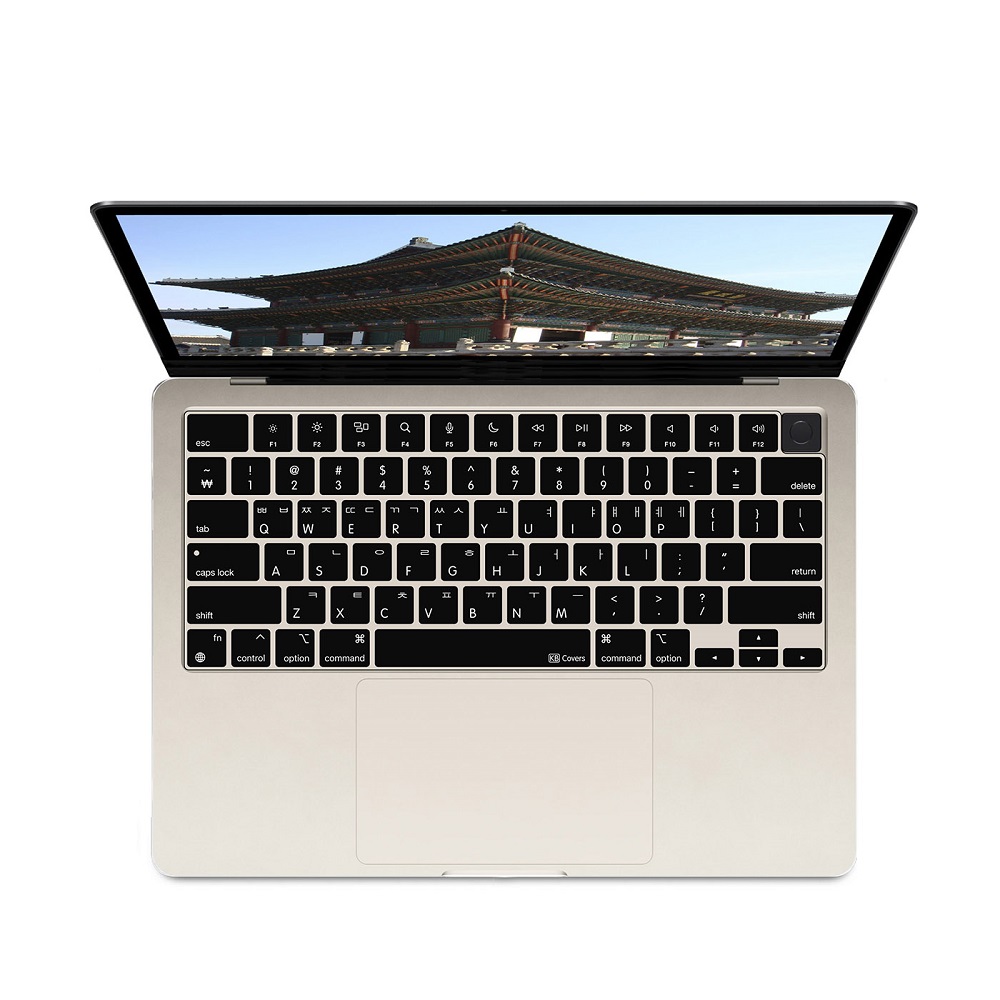Introduction to Bits and Bytes
In today’s digital age, understanding the fundamental concepts of bits and bytes is essential for anyone dealing with computers or digital systems. These terms often come up in discussions about data storage, transmission speeds, and overall computing performance. Let’s break down these units of digital information to provide a clearer picture of how they impact technology.
Basic Definitions of Bits and Bytes
What is bit and byte in computer? A bit is the smallest unit of data in computing, represented as either a 0 or a 1. This binary digit is the foundational block of all digital systems. A byte, on the other hand, consists of eight bits and generally represents a single character of data. These two terms, while related, serve different functions within the realm of computing.
Understanding Bits as the Basic Units of Data
Bits are crucial for defining the microscopic on/off states that power our digital devices. Whether it’s processing data, storing information, or transmitting signals, bits are omnipresent, influencing the operations of every digital device.
Importance of Bytes in Data Representation
While bits handle the basic operations, bytes are more meaningful when it comes to representing data. From text documents to complex software applications, bytes help quantify the amount of data involved. They are vital for understanding file sizes, storage capacity, and the actual payload of digital communication.

Exploring the Relationship Between Bits and Bytes
Understanding how bits and bytes interact is crucial for anyone working with digital data. These units measure the amount and speed of data in different scenarios. Let’s dive deeper into how they convert and relate to each other in computing practices.
Conversion Between Bits and Bytes
Conversion between bits and bytes is straightforward but vital in data handling. Eight bits make up one byte. This standard conversion helps quantify data in a form that’s easier to understand and manage. For example, when you know a file is 1,000 bytes, it equates to 8,000 bits. This conversion is fundamental when working with file sizes and data transfer rates in computing.
How Bits and Bytes Relate to Data Storage and Transmission
Bits and bytes are the backbone of data storage and transmission. They determine how information is stored in devices and transferred across networks. For storage, bytes are commonly used because they effectively represent larger data amounts. In contrast, bits are typically used to measure data transmission speeds, such as internet speeds. ISPs use bits per second (bps) to indicate how fast data moves across a network. Understanding this distinction is key to managing and troubleshooting digital systems effectively.

Internet Speed Metrics: Bits vs. Bytes
Understanding internet speed metrics is a must for digital natives and professionals alike. Bits and bytes measure the crucial aspects of internet speed, affecting how we browse, download, and stream content.
Differences in Measuring Internet Speed: Mbps vs MBps
When we discuss internet speed, we see Mbps and MBps. These units may seem similar but measure different things. Mbps, or megabits per second, tells us the speed at which data travels across a network. MBps, or megabytes per second, shows the amount of data transferred. Remember, 1 byte equals 8 bits, so the speed will differ when converted.
What Mbps Indicates in Network Speed
Network speed in Mbps represents how fast information is transmitted. High Mbps means speedier web page loads, smoother streaming, and quicker downloads. It is the unit we often see in internet plans and is essential for gauging network performance.
How Data Transfer Rates are Expressed in MBps
When downloading a file, speed shows up in MBps. As bytes are larger than bits, transfer rates in MBps appear slower than Mbps. However, they indicate the volume of data being saved or moved onto your device. It’s this unit that helps understand the bulk of data exchange.

Real-World Applications of Bits and Bytes
Bits and bytes, beyond their theoretical concepts, have practical significance in our daily digital interactions.
Practical Examples in Computing and Networking
In everyday computing, bits and bytes play crucial roles. For instance, internet speeds are measured in bits per second (bps). This impacts how quickly we can download or stream online content. On the other hand, storage devices like hard drives or USB sticks list their capacities in bytes. Here, bytes help users understand how much data they can store. Another practical application is in mobile data plans, which often detail how many megabytes or gigabytes users can consume.
Impact on Download Speeds and Performance
Download speeds crucially influence our online experience. They are typically represented in MBps, especially when downloading large files. A higher MBps rate means faster completion of file downloads. Performance concerns, such as how quickly a video buffers or a web page loads, also connect back to bits. Faster bits per second rates speed up these activities. Both units dictate the efficiency and satisfaction of your digital activities, affecting everything from work productivity to entertainment enjoyment.
Technical Insights: How Computers Utilize Bits and Bytes
Modern technology trends significantly impact the understanding and utilization of bits and bytes. The rise of cloud computing, IoT (Internet of Things), and big data shifts how we view data management and architecture. For instance, as devices increasingly diversify and data volumes escalate, memory architecture continuously evolves. In an age of big data, you can analyze vast arrays of information through databases equipped to process data efficiently. Computers use bits and bytes to manage and process digital data efficiently.
The Role of Bits and Bytes in File Sizes and Downloads
Bits and bytes directly impact how digital information is stored and transferred.
- A single byte typically represents one character of text in a document.
- Common file sizes like kilobytes (KB), megabytes (MB), and gigabytes (GB) are based on bytes.
- Internet download and upload speeds are measured in bits per second. More bits mean faster transmission.
- File downloads show sizes in bytes, directly indicating the storage space they occupy.
Influence on Computing Performance and Efficiency
Bits and bytes are foundational to computing performance.
- A processor’s bit capability, typically 32 or 64-bit, affects its efficiency in handling data.
- A higher byte capacity in RAM enables better multitasking and faster software performance.
- Data transfer rates, measured in bits, determine network and internet performance.
- Efficient byte management in storage devices maximizes space utilization.
Understanding how bits and bytes function provides insights into computing processes.
Conclusions: The Significance of Bits and Bytes in Computer Memory Architecture
In conclusion, the exploration of what constitutes bits and bytes reveals their vital importance in computer memory architecture. They serve as the foundation for all digital data. As computers evolve and data processing demands grow, stakeholders must prioritize understanding these concepts to stay at the forefront of technological advancements.
From memory manipulation to data encoding, every aspect of computing relies on the performance and efficiency of bits and bytes. Developers, engineers, and IT professionals who grasp these principles will perform better, create optimized systems, and offer valuable insights in today’s ever-evolving digital landscape.
Therefore, we encourage ongoing education and exploration of the nuances surrounding bits and bytes. The knowledge gained will undoubtedly strengthen your problem-solving capabilities, enhance your understanding of computing processes, and ultimately contribute to your success in the digital landscape.
In summary, let your curiosity lead you down the path to exploring bits and bytes—your journey in technology will thank you for it.